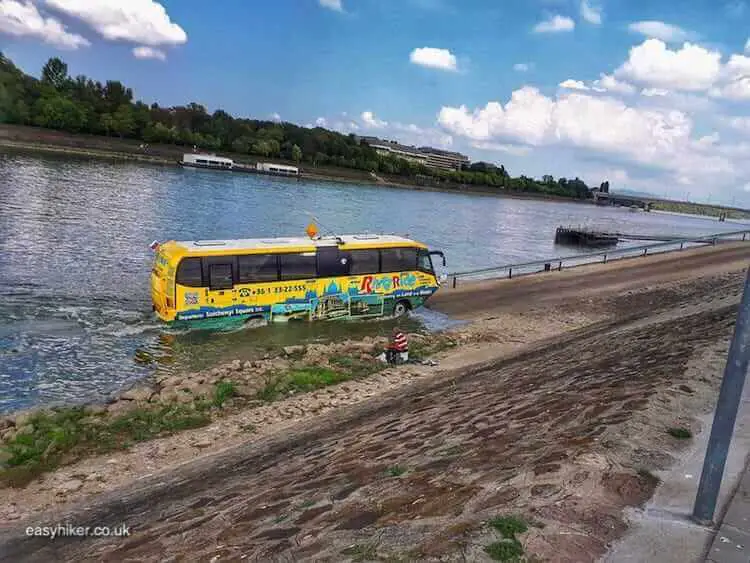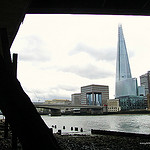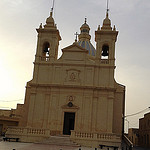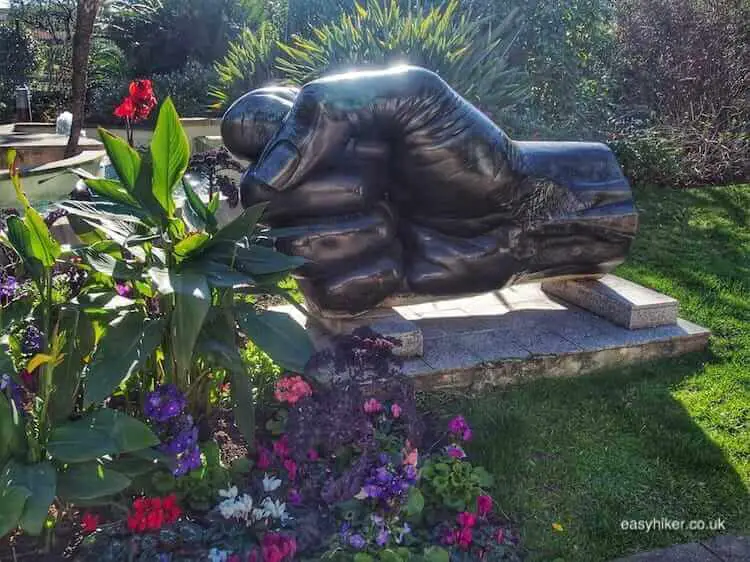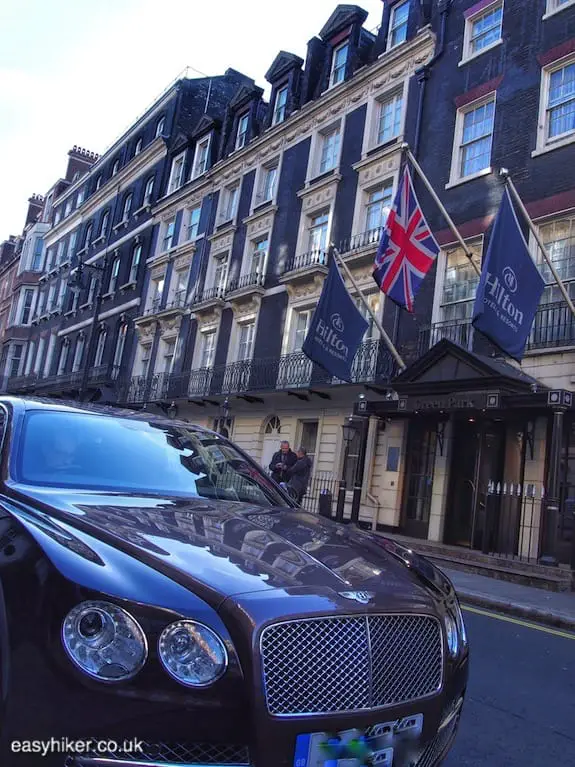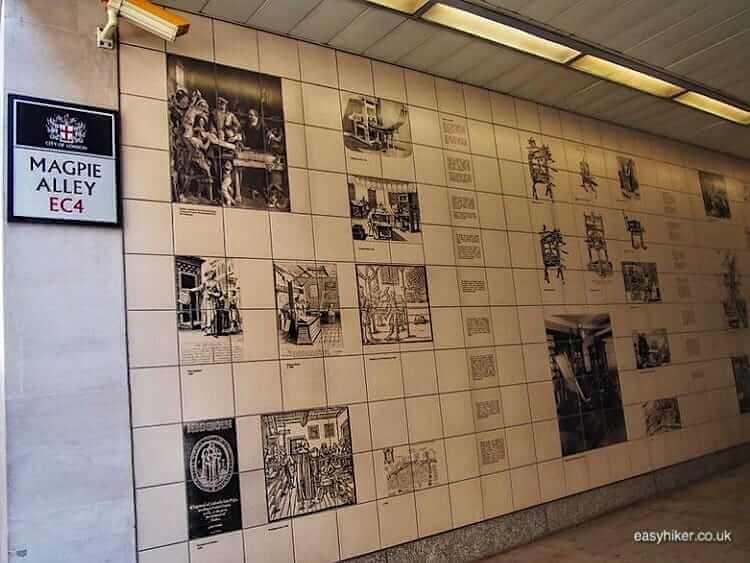Budapest and Vienna have a lot in common. The two cities share a lot of (Imperial) history and architectural influences …
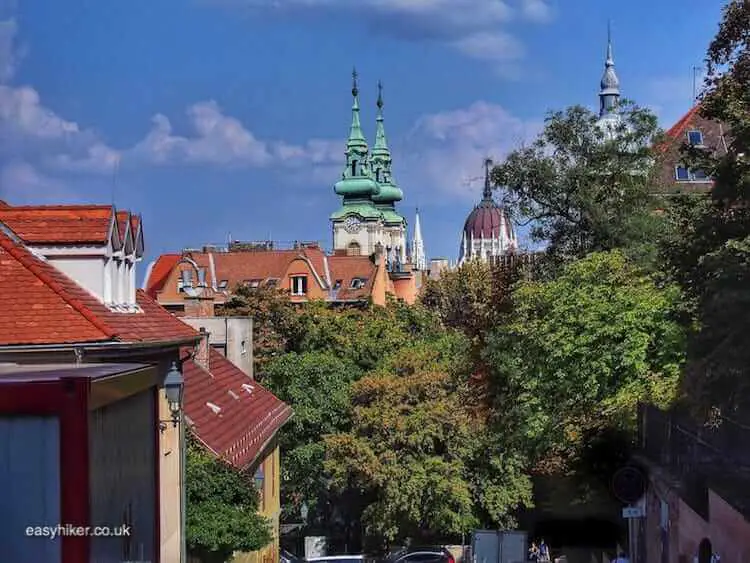
… but there is one big difference: the Danube, which is said to bypass Vienna rather than “flow through it”, lies very much at the heart of the Hungarian capital.
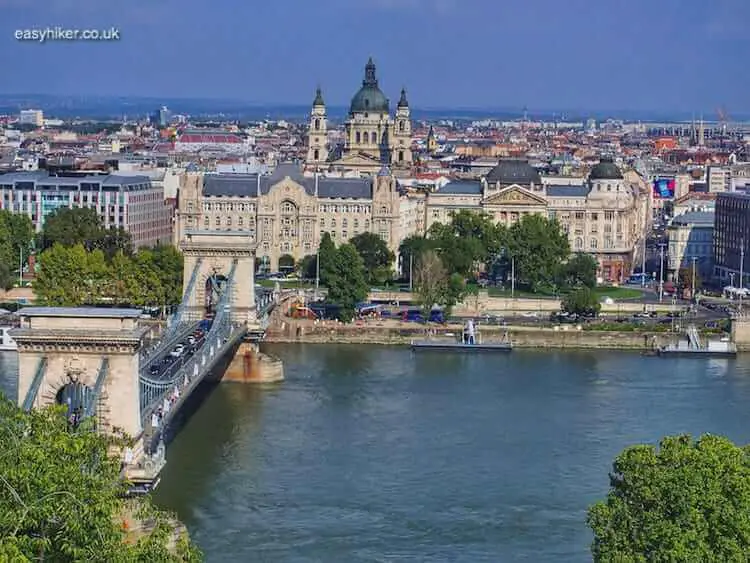
The Danube also divides the two parts of Budapest: Buda which occupies the hills on the river’s right (Western) bank – grand bourgeois, calm and historically loyal to the Hungary’s Austrian overlords – from the historically nationalist Pest, which is busy, loud and commercially-minded.
To give you an idea of the deep cultural gap between the two: Budapest became the capital of Hungary in 1361, but the first permanent bridge between its two constituent parts – the Széchenyi Chain Bridge – was only completed in 1849.
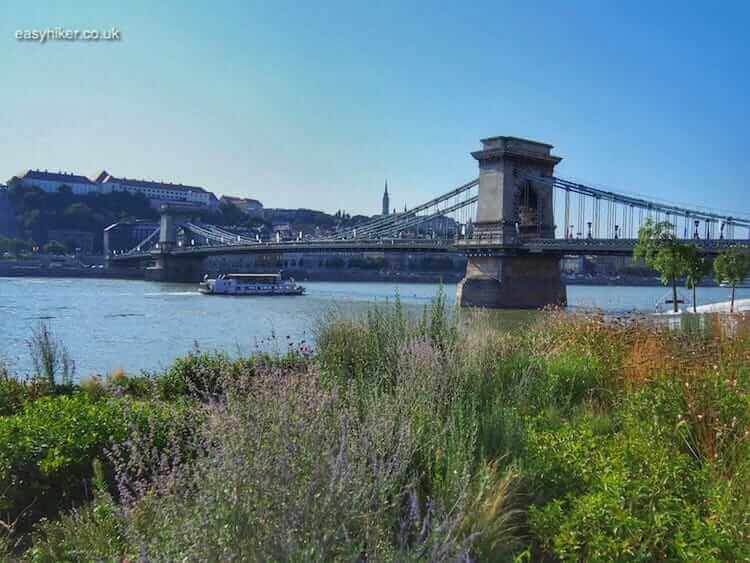
If you only spend a short time in Budapest and are looking for a walk with a bit of fresh air, character and historical interest, a stroll along the banks of the Danube is the natural choice.
A Walk Along the Banks of the Danube in Budapest
We suggest to start in Pest by taking a subway train to Arpad Hid station and turning into the direction of Arpad Bridge. Walk down to the narrow isle in the middle of the river, which is called Margaret Island. Immediately on your right hand side, you will find a charming Japanese garden.
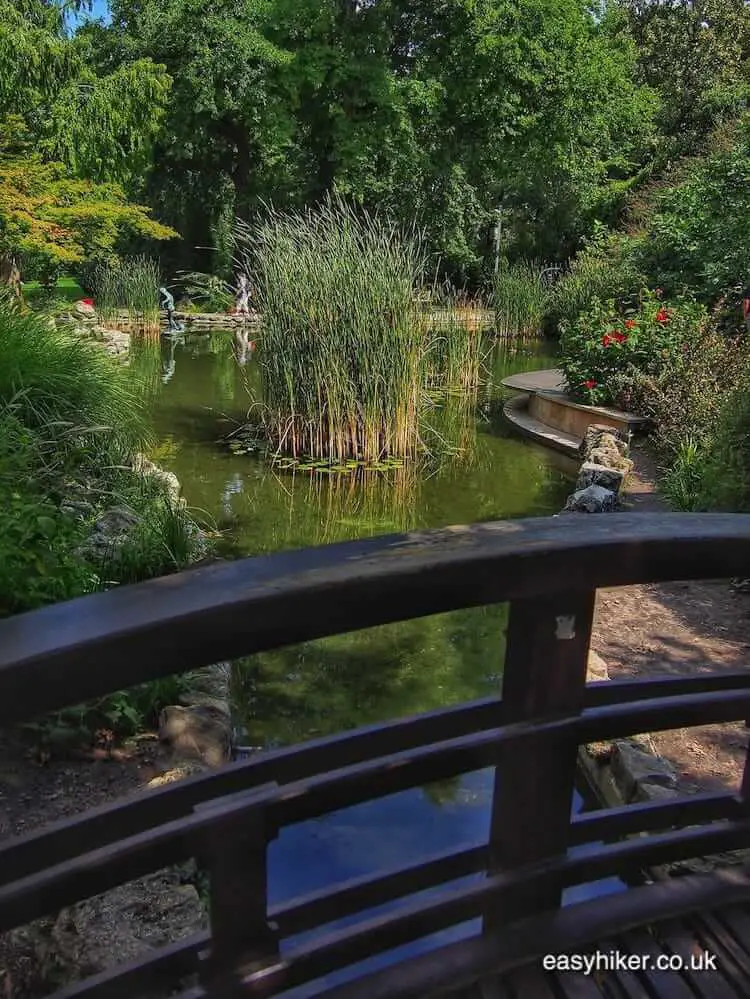
Margitsziget – originally three separate islands that were knocked together in a large 19th century engineering project to better control the flow of the Danube – represents neutral no-man’s land between Budapest’s two opposing halves.
People from both sides of the river come here to relax and spend some time away from the hustle and bustle of their city, and the island does not belong to any of Buda’s or Pest’s administrative districts but is directly controlled by the City Council.
On your 2.5 km long walk from one end of the island to the other, you will find many interesting structures, some of them dating back to the Middle Ages when Margitsziget was first settled by the Knights of St John.
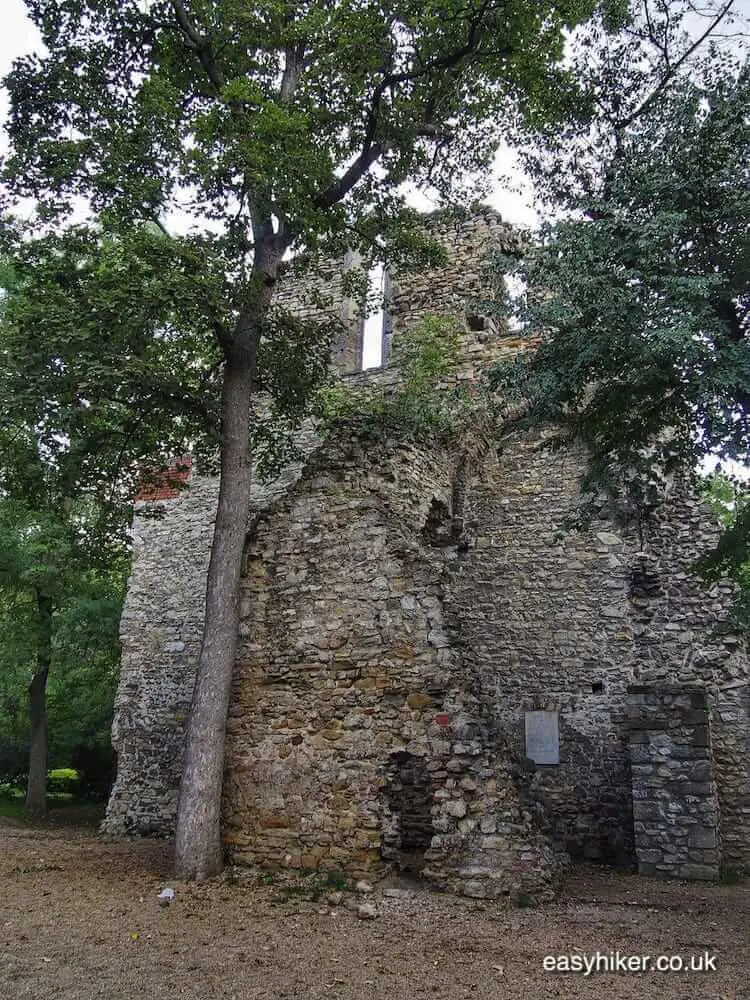
Suggestions of an ever older history are, one may assume, of a more recent vintage: the island was converted into a public park in 1908, and most of the present-day statues and buildings have been added in the last 100 years.
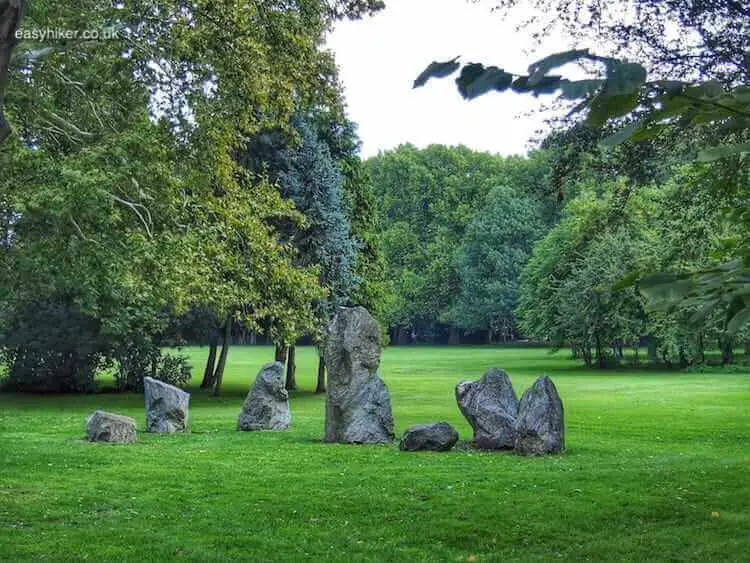
Such as the elegant Palatinus Water Park, Budapest’s largest public pool …
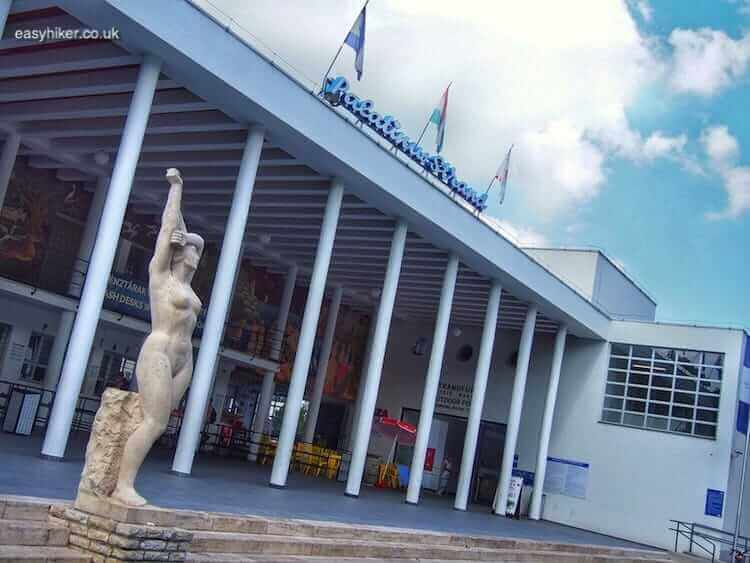
… and an open-air theatre that looks as though it has flown it from outer space.
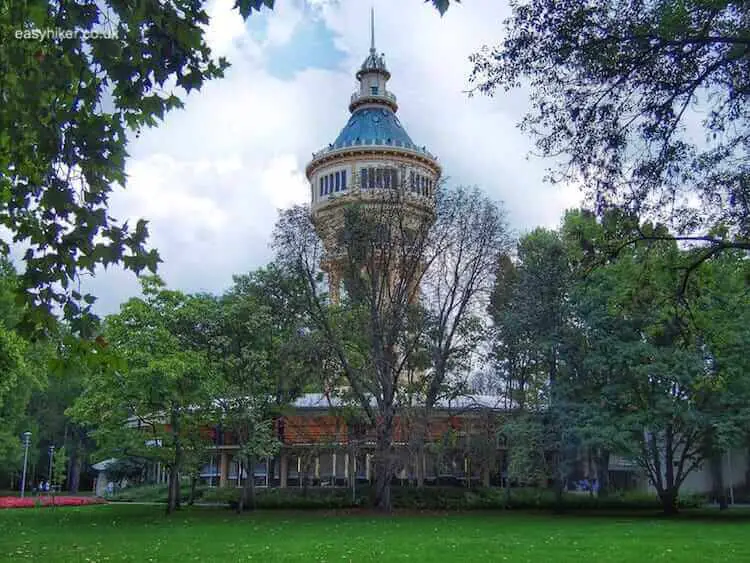
Above of all, however, Margaret’s Island offers peace and tranquillity. In parts, it feels not only out of a busy town centre but half-way out of this world altogether.
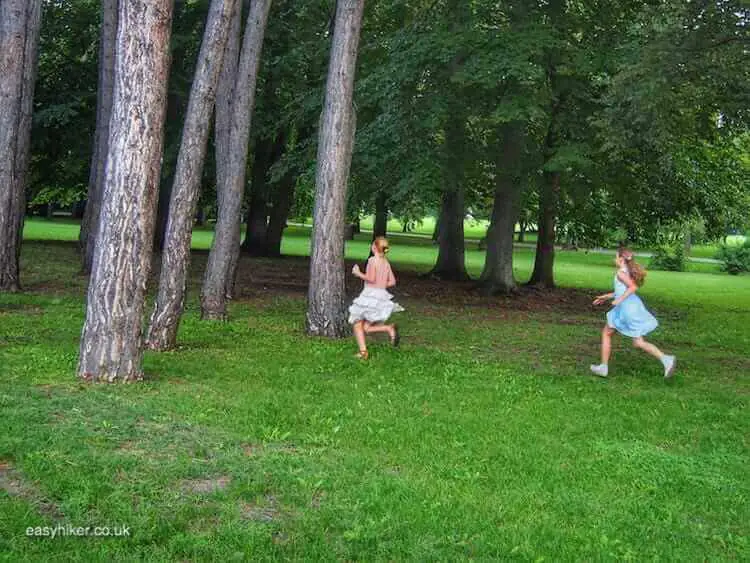
Leave past the “musical fountain” – whose water jets are rhythmically synchronized with various pieces of music – and the modern sculpture, …

… turn right into Margaret Bridge and then uphill on your left hand side for Buda where you will find all the city’s well-known Old Town attractions: above all, Matthias Church …
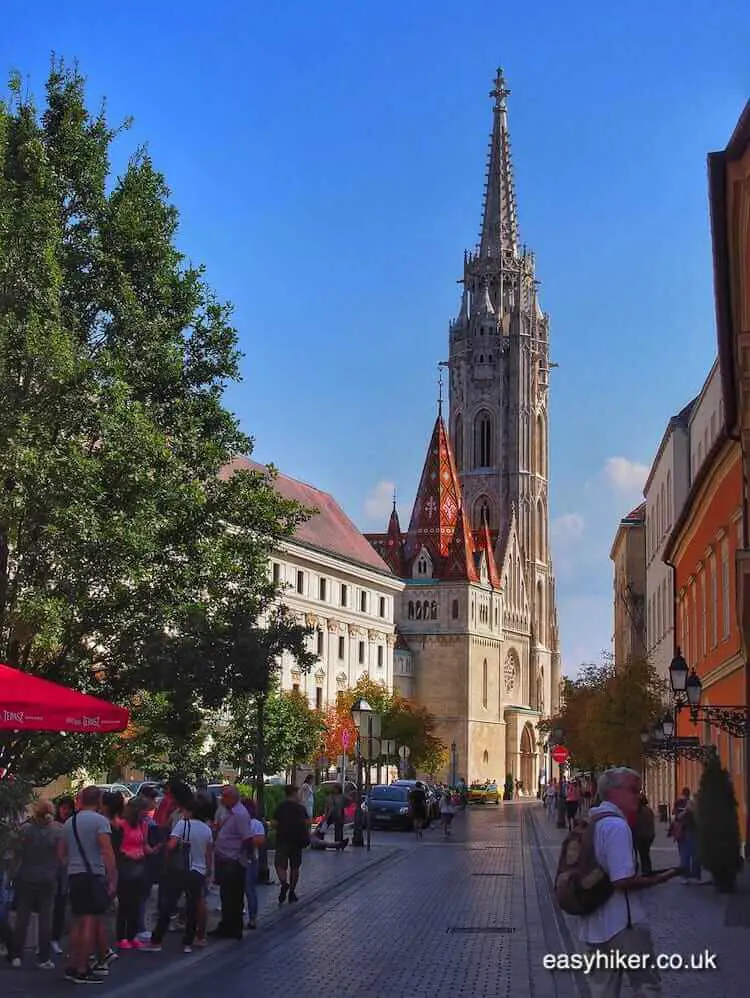
… with the Fisherman’s Bastion in the back.
But you’d better be ready for the mother of all tourist scrums where visitors from all over the world fight for the best selfie backgrounds, as this is the most visited spot in town.
Now walk back through the outskirts of the Old Town, descending towards the Chain Bridge to cross over back into Pest, the modern city with shops, cafés and restaurants.
When I was a young man, Budapest still lay behind the iron curtain, and its streets were full of pretty East German girls (no: they did not all look like Olympic shot putters) parading their best frocks on its wide boulevards as though this was Paris. Which, of course, it was not, but it was the nearest they could get.
Budapest has since lost this unique selling point but little of its charm – and it is still the quirkiest city in “eastern central Europe”, and you can spot things here that you cannot find anywhere else between the Baltic coast and the Black Sea.
That’s something else you will find confirmed by taking a walk along the river on whose banks Budapest has been thriving for centuries.
